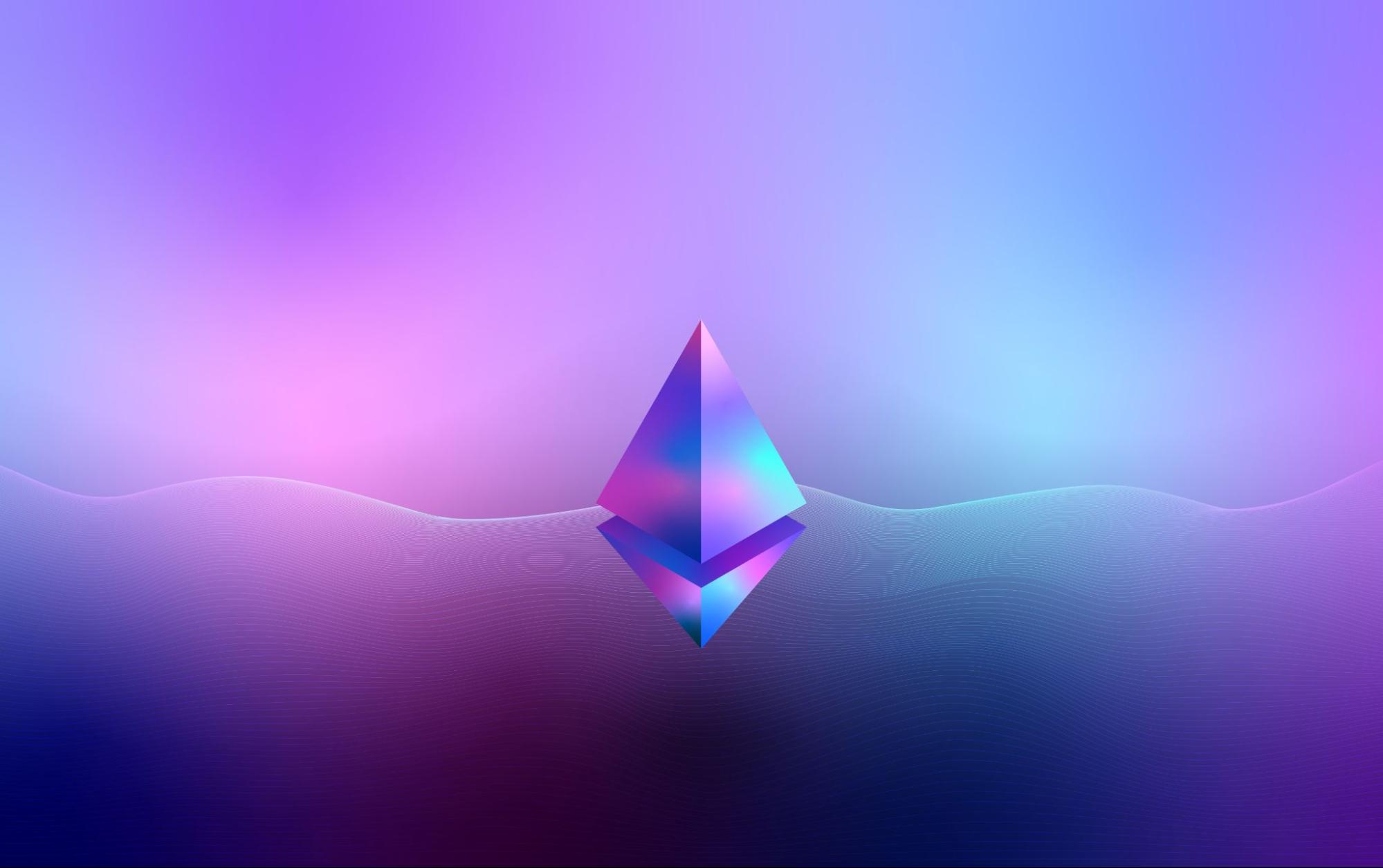Ethereum’s daily burn rate has hit an all-time low, reflecting a significant drop in on-chain activity and demand for blockspace. On Saturday, the total amount of ETH burned through transaction fees reached its lowest level since Ethereum’s EIP-1559 upgrade introduced fee-burning in August 2021.
The decline in ETH burn coincides with a broader slowdown in network activity, as active addresses, on-chain volume, and transaction counts have all dipped in recent weeks. This trend suggests a temporary cooling off in demand for Ethereum’s blockspace, potentially impacting its deflationary mechanics.
ETH Burn at Record Lows — What’s Causing the Drop?
Ethereum’s fee-burning mechanism, introduced in EIP-1559, removes a portion of transaction fees from circulation, reducing supply and adding a deflationary pressure to ETH. When network activity is high, more ETH is burned, increasing the likelihood of Ethereum becoming deflationary. However, with on-chain activity slowing down, the amount of ETH burned daily has dropped to its lowest level ever.
Several factors are contributing to this decline:
1. Reduced Transaction Volume
Ethereum’s daily transaction count has fallen steadily in recent weeks, as fewer users are interacting with the network. This could be attributed to:
- Lower DeFi trading volumes, with users shifting liquidity to other chains like Solana and Base.
- Cooling NFT activity, as the once-booming market experiences reduced speculation.
- Seasonal market cycles, where on-chain engagement naturally fluctuates.
2. Decline in Active Addresses
The number of unique active addresses on Ethereum has also decreased, signaling a drop in user participation. With fewer users initiating transactions, the total gas fees spent on the network are lower, leading to less ETH being burned.
3. Layer 2 Migration
Ethereum’s Layer 2 scaling solutions, such as Arbitrum, Optimism, and Base, are experiencing growing adoption, pulling transactions away from the Ethereum mainnet. While this improves scalability and reduces costs for users, it also means fewer transactions take place on Layer 1, resulting in lower gas fees and less ETH burned.
4. Gas Fee Compression
Ethereum’s average gas fees have remained relatively low in recent weeks, reducing the overall amount of ETH burned per transaction. While this benefits users by making transactions cheaper, it also slows down ETH’s deflationary burn mechanism.
Is Ethereum Still Deflationary?
Ethereum’s deflationary status depends on the balance between ETH issuance (from staking rewards) and ETH burn (from transaction fees). When network activity is high, more ETH is burned than issued, making Ethereum net deflationary. However, with the recent decline in transaction fees and ETH burn, Ethereum’s supply could temporarily shift back to inflationary levels.
According to on-chain data, the recent slowdown has significantly reduced Ethereum’s burn rate, making it less deflationary compared to previous months. If network activity does not pick up, Ethereum’s supply could see short-term inflationary periods, though this is expected to correct once market conditions change.
What’s Next for Ethereum?
While the current slowdown in ETH burn and on-chain activity may raise concerns, it is likely a temporary phase within Ethereum’s broader adoption cycle. Additionally, Ethereum’s Layer 2 adoption continues to grow, which could eventually lead to higher mainnet congestion as users bridge assets between different networks.
For now, Ethereum remains one of the strongest Layer 1 blockchains, but the recent all-time low in ETH burn serves as a reminder of how market cycles impact on-chain demand. As the broader crypto landscape evolves, Ethereum’s economic model and network usage will continue to adapt, shaping the long-term supply dynamics of ETH.


